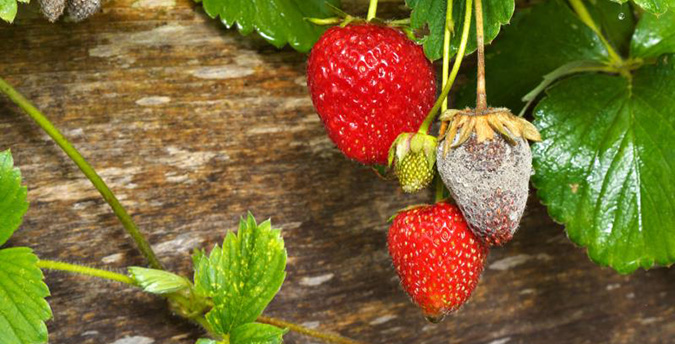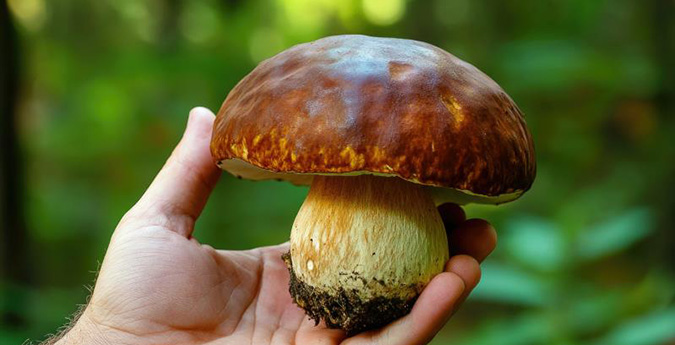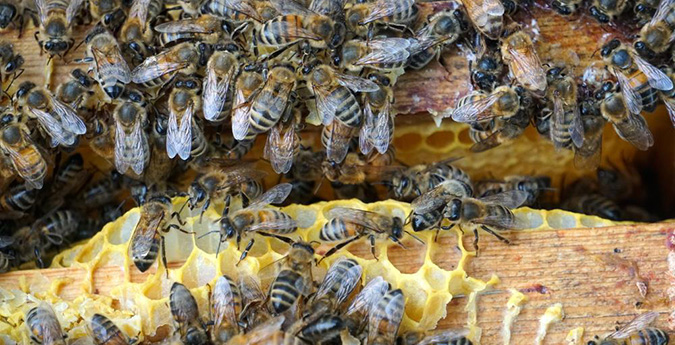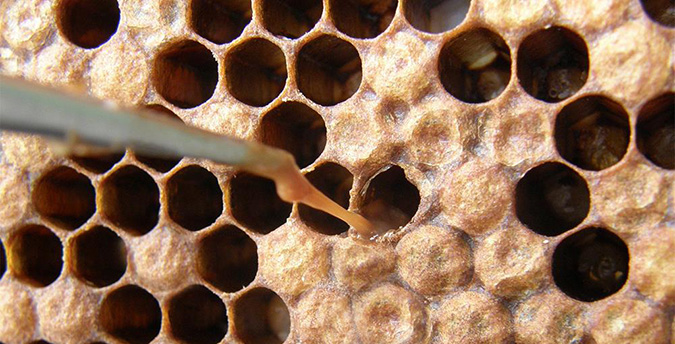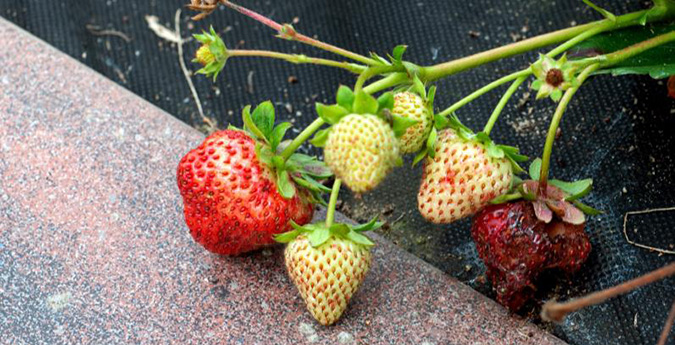
Colletotrichum Fungicide- Resistance Testing
Anthracnose caused by Colletotrichum
Anthracnose is a yield-reducing factor of strawberries and other small fruits in our production region. Its control is highly dependent on fungicide application. Resistance to the QoI fungicides (FRAC code 11) has been detected. This service helps growers detect potential QoI fungicide- resistance among Colletotrichum strains in their fields. Early detection is important for preventing disease outbreaks and saving resources.
Colletotrichum Fungicide-Resistance Testing Sample Submission Form
